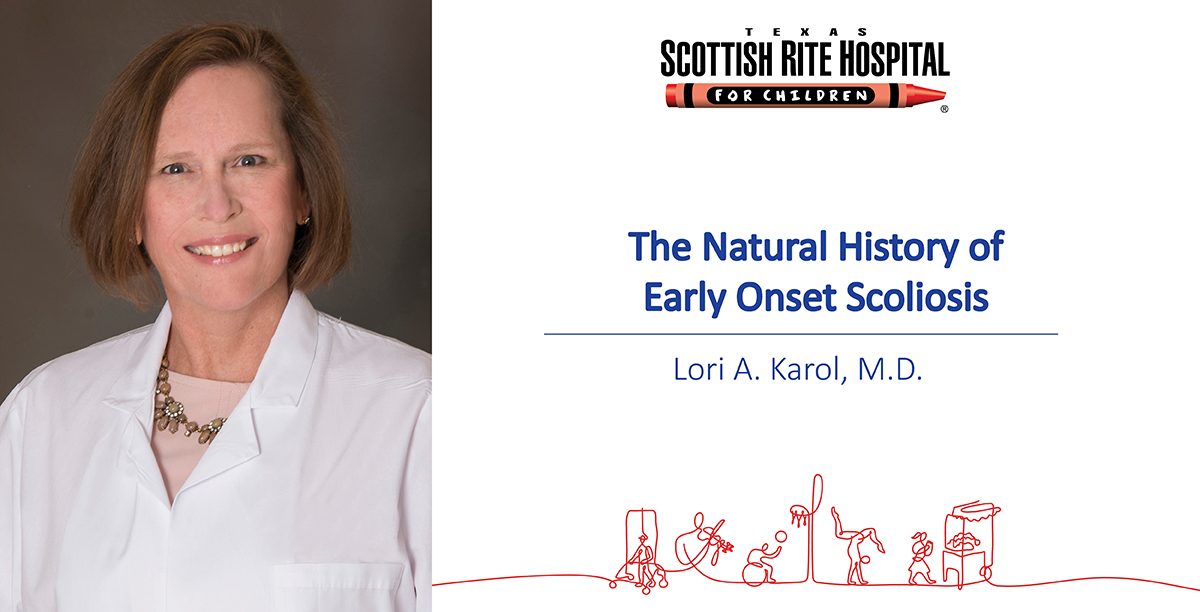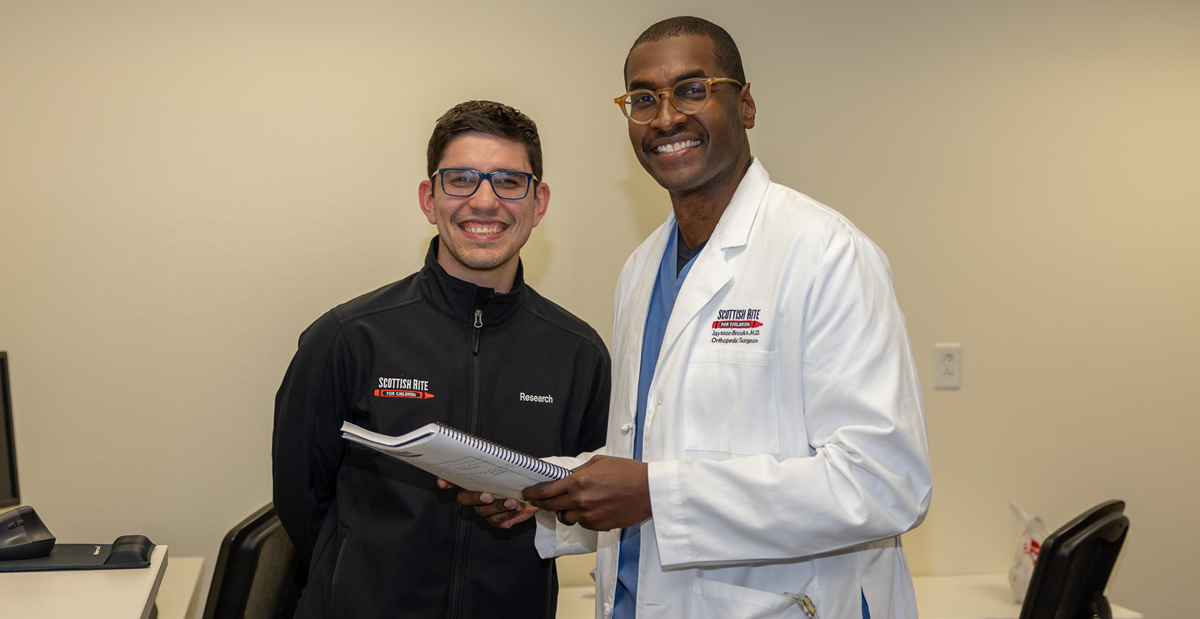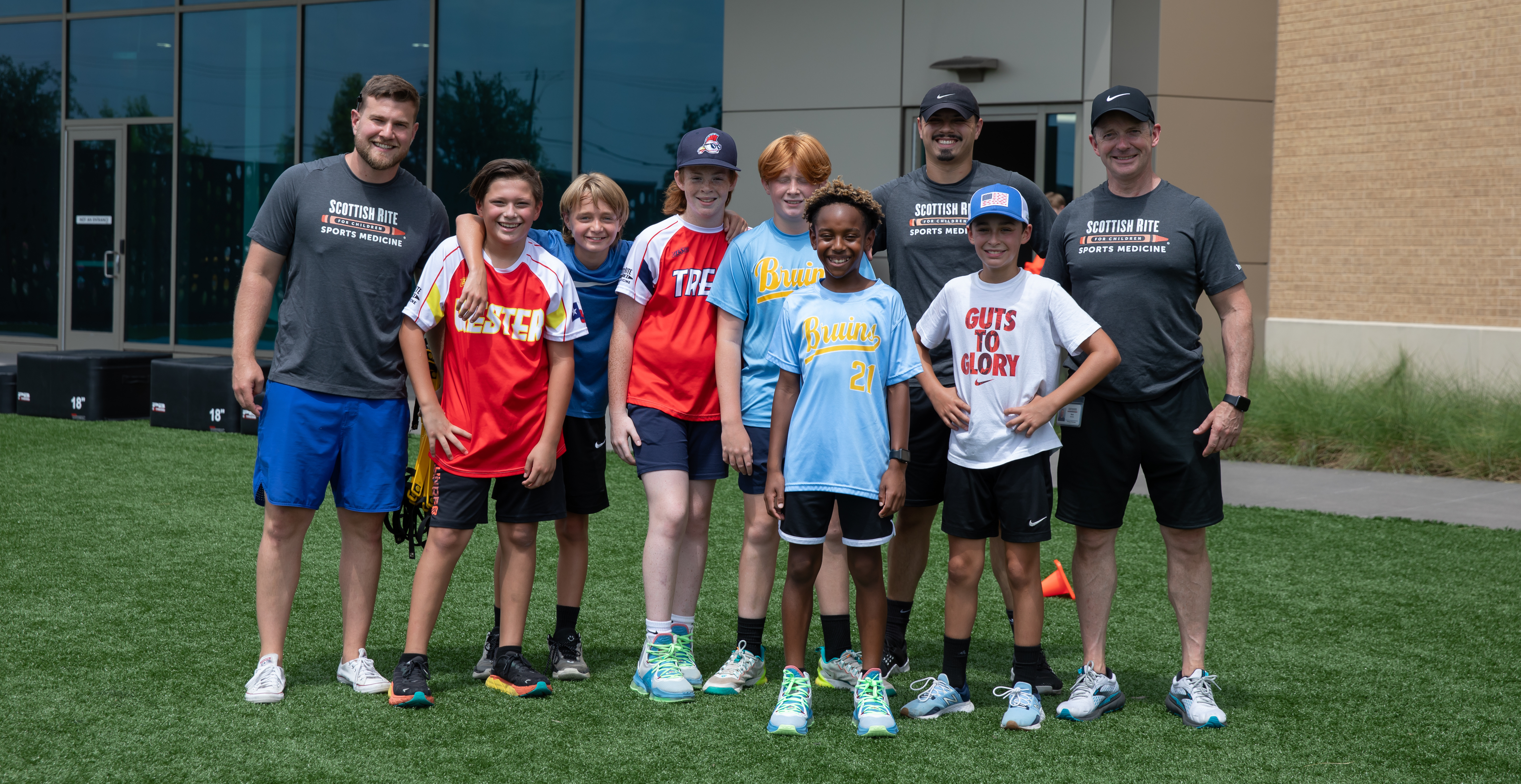
Aug 02, 2019 / Research & Innovation
Karol Publishes Latest Research in The Journal of Pediatric Orthopaedics
Our physicians are world renowned for their treatment of patients with early onset scoliosis (EOS). The hospitals' clinics are specially equipped to manage the unique challenges that EOS presents. Assistant Chief of Staff and Chief Quality Officer Lori A. Karol, M.D., has been at the forefront of EOS management, and recently published The Natural History of Early Onset Scoliosis in The Journal of Pediatric Orthopaedics.
In medicine, a natural history is the usual course of development of a disease or condition, especially in the absence of treatment. Karol’s article describes the unique disease progression of the wide variety of conditions that all fall under the EOS umbrella, highlighting the importance of a holistic understanding of these diseases when considering treatment. “Through our research in early onset scoliosis, we have been able to modify our treatments so that today’s young children with spinal differences should have an improved long-term outcome,” says Karol. “We have learned that the respiratory involvement in these patients is linked strongly to the spine’s ability to grow and must be one of the prominent factors in treatment decisions.”
Why is the natural history of EOS important?
EOS is actually not a diagnosis, but rather a group of several conditions all united by the prevalence of scoliosis (a spinal curvature) in children 5 and younger. The spinal deformity can result from a number of things:
For example, the progression of scoliosis in infants and young children with spinal muscular atrophy (SMA, a neuromuscular condition) is dependent on the form of SMA. Similarly, how a patient with bone dysplasia progresses may be more dependent on the type of their dysplasia than on the presence or magnitude of the spinal deformity.
What this means is that it’s incredibly important that physicians treating patients with EOS understand the medical and surgical details of the patient’s underlying diagnosis, and how those affect the patient’s spinal curvature. Additionally, future research in this area must focus on stratifying results based on specific diagnoses rather than looking at EOS patients as a single patient group.
Scottish Rite Hospital has a multidisciplinary clinic specifically designed to take care of EOS patients, bringing together orthopedic surgery, pulmonology, psychology and respiratory therapy in one space. This team-based approach to treat the whole patient enhances care of these patients and their challenging problems.
Learn more about the hospital’s spine research.
In medicine, a natural history is the usual course of development of a disease or condition, especially in the absence of treatment. Karol’s article describes the unique disease progression of the wide variety of conditions that all fall under the EOS umbrella, highlighting the importance of a holistic understanding of these diseases when considering treatment. “Through our research in early onset scoliosis, we have been able to modify our treatments so that today’s young children with spinal differences should have an improved long-term outcome,” says Karol. “We have learned that the respiratory involvement in these patients is linked strongly to the spine’s ability to grow and must be one of the prominent factors in treatment decisions.”
Why is the natural history of EOS important?
EOS is actually not a diagnosis, but rather a group of several conditions all united by the prevalence of scoliosis (a spinal curvature) in children 5 and younger. The spinal deformity can result from a number of things:
- Malformations present at birth
- Neuromuscular conditions
- Inherited bone dysplasia (abnormalities of bone growth resulting in unusual shape and size of the bones) and syndromes
- Idiopathic cases with no underlying disorder
For example, the progression of scoliosis in infants and young children with spinal muscular atrophy (SMA, a neuromuscular condition) is dependent on the form of SMA. Similarly, how a patient with bone dysplasia progresses may be more dependent on the type of their dysplasia than on the presence or magnitude of the spinal deformity.
What this means is that it’s incredibly important that physicians treating patients with EOS understand the medical and surgical details of the patient’s underlying diagnosis, and how those affect the patient’s spinal curvature. Additionally, future research in this area must focus on stratifying results based on specific diagnoses rather than looking at EOS patients as a single patient group.
Scottish Rite Hospital has a multidisciplinary clinic specifically designed to take care of EOS patients, bringing together orthopedic surgery, pulmonology, psychology and respiratory therapy in one space. This team-based approach to treat the whole patient enhances care of these patients and their challenging problems.
Learn more about the hospital’s spine research.



